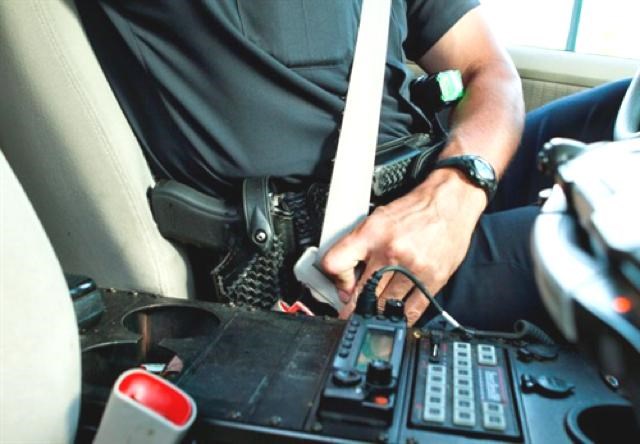School Zones are becoming more dangerous according to CAA
New research from CAA shows parents are reporting an increase in unsafe driving practices in school zones. Results from the CAA survey indicate that the top two hazardous driving behaviours that motorists perform in a school zone are speeding and distracted driving.
“As parents and motorists, we can all do our part to help keep our school zones safe,” said Christine Niemczyk, director of communications, CAA Saskatchewan.
With Saskatchewan students soon starting a new school year, CAA has developed some very easy, helpful safety tips for parents/guardians and motorists:
Parents and Guardians: Smooth drop-offs start off with stress-free mornings.
• Plan the night before. Help your kids get organized by preparing the next day’s lunch, backpacks, and school clothes. Also set out breakfast plates, fruit, cereal, etc.
• Start a launch pad. Baskets or bin containers work best.
Organizing experts say having a designated spot in your entryway for things like the kids’ lunch boxes, backpacks, textbooks, and coats is an effective way to keep things tidy and help make sure no one forgets anything. Encourage each child to be responsible for his/her own launch pad.
• Plan your Route: Rushing means making quick and sometimes potentially unsafe decisions.
a) Driving your kids? Know your route and talk with the school administrator in advance to determine drop off, pick-up, no stopping and parking zones. Park a couple of blocks way to avoid traffic congestion and safely walk the rest of the way with your children. This also provides an extra dose of exercise. Avoid texting and other activities that can distract you while you drive. Maintain your speed according to the posted speed limits.
b) Walking or cycling? Talk with your kids about pedestrian and traffic safety rules. Cyclists are encouraged to walk their bicycles across intersections. A well-fitted helmet is a must. Find out what your community’s bylaws for cyclists are and share with your children. Find out in advance where the bicycle stands are at your child’s school and show your kids how to keep their bikes locked up and secured safely. For more tips on bike safety, visit caa.ca/bike.
c) Good walking gear is important including comfortable shoes with traction.
Plan your child’s walking route to school and walk with them to better familiarize themselves with the school and surrounding area. Always have an older student or adult walk with younger children. Watch for CAA School Safety Patrollers, since these young and dedicated volunteers monitor school crossings by ensuring their peers and all students cross roads safely and responsibly near their school. All CAA School Safety Patrollers wear bright vests designed with safety and visibility in mind. Remind your kids to never run out in traffic or between parked cars, buses or buildings. Please have your kids store their mobile devices in their backpacks so they can remain alert and be aware of their surroundings.
d) Are your children being bussed? Almost a third of Canadian students ride a school bus or van. Help your children be on time for pick-ups, while waiting in a safe place that’s well back from the edge of the road. Remind them to cross in front of the bus and never behind. Students should use their indoor voices in the vehicle and always stay seated facing forward.
Motorists: Observe and obey the posted speed limits. a) Drivers, learn the rules of the road for your community to help keep the roads safe. School zone speed limits can vary by location and time of year. Schools, community centres, playgrounds and parks are hubs of activity where kids are out playing even after school, during school breaks, and on the weekends. Take it slow. When a driver hits a pedestrian at 30 kilometres per hour, the person will be injured, but the chances of severe injury or death are greatly reduced. Even going up to 40 kilometres an hour increases this risk.
b) Be Alert. Anything that takes your focus away from the road counts as distracted driving. Texting is especially risky as drivers who texts are 23 times more likely to be in a crash or near-collision event. While driving, do not text, use apps or read emails. Avoid eating and drinking when you’re behind the wheel.
c) Timing is everything. Allow students and their families proper time to safely cross the streets. Sometimes pedestrians need a little more time to safely cross at intersections. Be patient. Always stop for school buses that are loading or unloading students. Be aware of the CAA School Safety Patrollers on duty and please obey their instructions.




